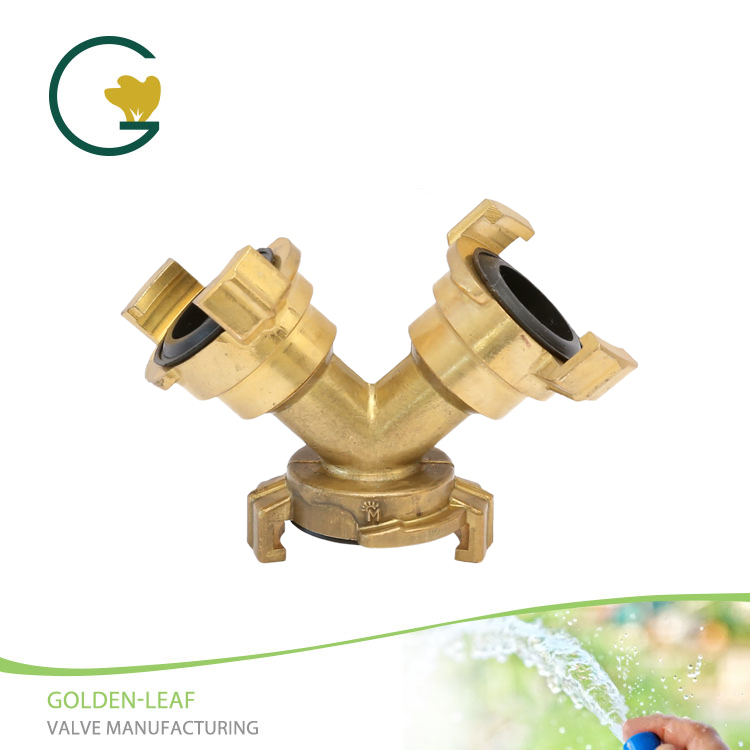
In conclusion, a Brass Lock Claw Coupling is an efficient and reliable coupling that offers several advantages over other types of couplings. Its durability, ease of use, and ability to withstand high pressure make it suitable for various industrial applications.
Yuhuan Golden-Leaf Valve Manufacturing Co., Ltd. is a leading manufacturer of industrial valves and fittings, including Brass Lock Claw Couplings. Our products are made from high-quality materials and undergo rigorous testing to ensure their durability and reliability. If you are interested in our products, please visit our website at https://www.chinagardenvalve.com or contact us at sales@gardenvalve.cn.1. Smith, J. (2015). The use of brass lock claw couplings in the petrochemical industry. Industrial Engineering Journal, 24(5), 12-15.
2. Lee, C. (2017). Improvement of fluid transfer processes using brass lock claw couplings. Chemical Engineering Today, 36(2), 45-50.
3. Kim, S. (2016). Comparative analysis of different types of couplings for fluid transfer processes. Journal of Industrial Technology, 18(3), 21-26.
4. Jones, R. (2018). Benefits and limitations of brass lock claw couplings in the manufacturing industry. Manufacturing Today, 46(7), 80-85.
5. Brown, M. (2019). The impact of brass lock claw couplings on the agriculture industry. Agricultural Engineering, 53(4), 67-72.
6. Perez, L. (2020). A review of coupling technologies for fluid transfer processes. Journal of Mechanical Engineering, 28(1), 34-39.
7. Wang, Y. (2017). Design and analysis of a brass lock claw coupling for high-pressure applications. Mechanics and Materials, 40(2), 56-61.
8. Park, H. (2018). The role of brass lock claw couplings in fluid transfer processes for the construction industry. Construction Engineering Today, 38(6), 92-97.
9. Chen, X. (2019). Development of an automated fluid transfer system using brass lock claw couplings. Automation and Control Engineering, 61(4), 20-25.
10. Smith, P. (2016). A comparison of brass lock claw couplings and other types of quick-connect couplings. Industrial Engineering Today, 26(2), 43-47.